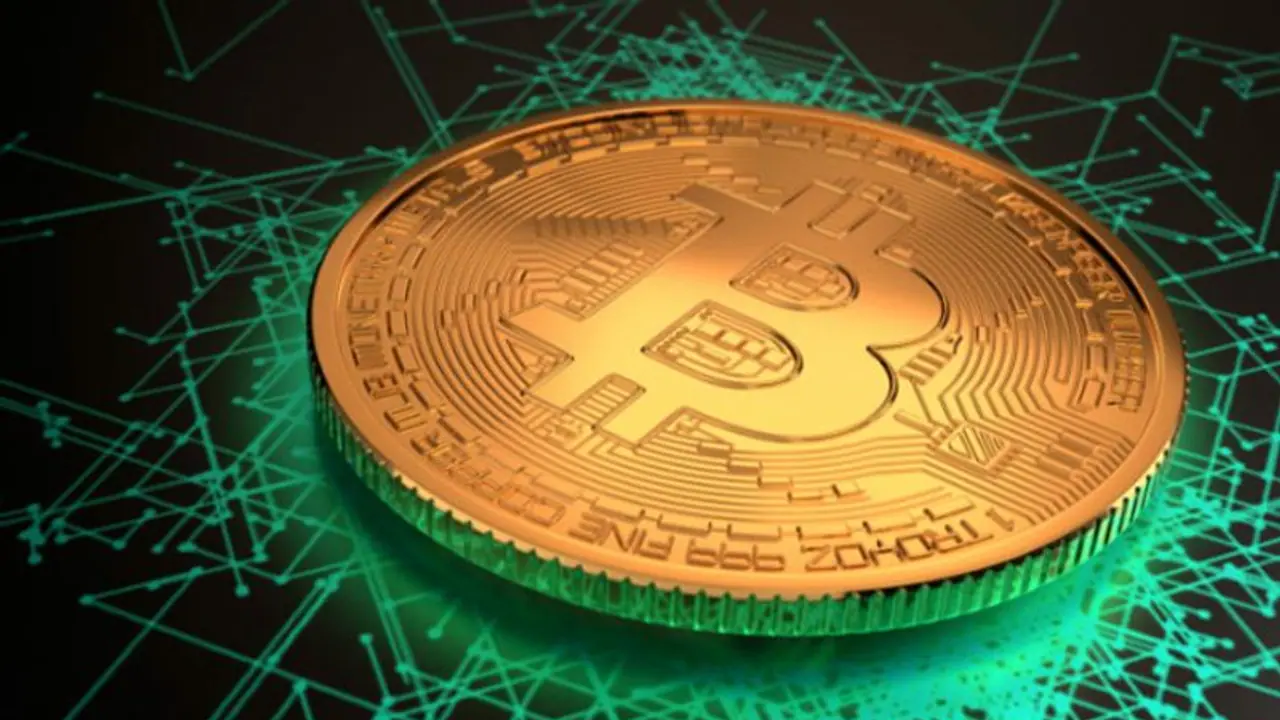Big companies like Twitter and P2P exchange, Paxful now use the BTC Lightning Network. If you have been wondering about it -- don’t worry -- we will break down everything you need to know about this speedy way to send Bitcoin.
In the last couple of weeks, you may have heard the words lightning and Bitcoin (BTC) used together. If you’re confused by this, don’t worry, you’re not losing your mind. There’s a hand-dandy, relatively new product called the Bitcoin Lightning Network.

As you probably guessed, this network moves lightning-fast and it’s used to send BTC. Big companies like Twitter and P2P exchange, Paxful now use the BTC Lightning Network. If you’ve been wondering about it—don’t worry—we’ll break down everything you need to know about this speedy way to send Bitcoin.
What is the Lightning Network?
In a nutshell, the Lightning Network is a form of technology that allows for smaller and faster BTC payments. The Network is built on the BTC blockchain and the Network helps its scalability. The Network also works to lighten the load of the blockchain to make way for more significant transactions.
The problem with using more traditional blockchain technology is that it can get congested. Like a highway that gets busy when there’s a lot of traffic, the blockchain can also get overloaded when a lot of transactions are happening at the same time. The whole point of the BTC Lightning Network is to ease any traffic on the blockchain.
How is it used?
Since its conception in 2015 by Joseph Poon and Thaddeus Dryja, more people have been adopting the network and a significant part of the Lightning Network is understanding how it’s used.
The Lightning Network creates channels between people who want to make a quick transaction. Unlike the main BTC blockchain, this network only needs two open channels between two parties to create a transaction. The BTC Lightning Network only needs one simple channel because it doesn’t need to update the blockchain constantly. With more traditional BTC send-out methods, each transaction has to be approved by the blockchain.
With the Lightning Network, the two open channels can send to each other infinitely and each transaction doesn’t need to be constantly approved by blockchain nodes. Additionally, a series of “lightning nodes” can bring the BTC to its proper place without the blockchain. Ultimately the connection between many different payment channels creates the Lightning Network.
Here’s an example of how it can be used:
Let’s say Anna works at Cupa Coffee Shop that accepts BTC. Joe wants to buy a cup of coffee using BTC. The coffee costs 0.000052 BTC (or about 3 USD at the time of writing). When Joe receives his coffee, he begins the send-out process.
He scans Cupa’s Lightning Network QR code and the wallet address is copied onto his phone. He then goes to Paxful’s website, where his BTC wallet is stored. He then pastes the code in the Lightning Network send-out form, inputs 0.000052 BTC and hits send. He now has paid for his cup of coffee. Easy, right?
Why is it used?
Some people have wondered in the past: why should I even use the Lightning Network if the blockchain works so well? The answer is easy—it’s cheaper and quicker.
With no need to have miners confirm each transaction, the miner’s fee on the network is non-existent. Instead, the fee to use the network is much smaller and is used so that the nodes on the network can move payments forward. As of August 2021, the fee was about 1 satoshi. While the fee is subject to change, the network provides a cheaper way of sending and receiving BTC.
Use cases of the Lightning Network
If you’re curious about how Lightning is used worldwide, here’s a list of use cases.
Gaming
There are several gaming companies out there that use the Lightning Network. Companies like DonnerLab are just one example of how the network is being used globally. While it’s still slightly unclear how some of these companies specifically use the network, it is clear that the network allows players to quickly gain access to their collected BTC. This network may change the way gaming will evolve.
Social media
We mentioned previously that Twitter is a big advocate for the BTC Lightning Network. While social media giants are typically not involved with crypto, Twitter’s Lightning Network integration means that people can tip influencers in real-time. If more social media sites use the Lightning Network, it could change the way influencers and content creators make their money.
Technology systems
Have you ever stopped at a red light and waited minutes for it to change; meanwhile, there are no oncoming cars on the other side? We’ve all been there. Luckily, there’s an easy fix to this with the Lightning Network. In fact, the Lightning Network can help change our whole traffic system. It may have the ability to have your car communicate to the stoplight. With Lightning, your red light may turn green faster.
Or imagine the BTC network as a vending machine. Say that you want to buy a candy bar but it’s taking forever for the candy to drop. The Lightning Network can help with that too. You may be able to one day pay for your chocolate using Lightning. Needless to say, this network can improve many forms of tech and can change our lives.
The future with the Lightning Network
Now that you know the basics of the Lightning Network, maybe now’s the time to try it out. The future of this network may significantly benefit and change the whole world—all you have to do is keep an eye out for the companies and stores that use the network. You never know where BTC and this network can take you!
*Sponsored by Paxful
*The content is for informational purposes only. You should not construe any such information as legal, tax, investment, financial, or other advice.
Disclaimer: This is a featured content
